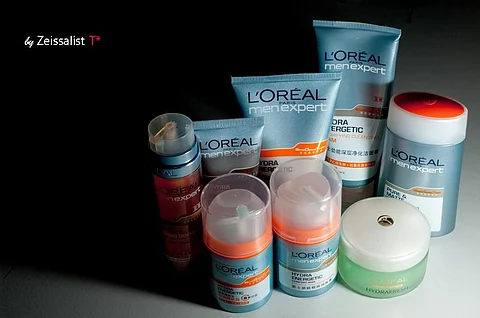The stiffness goes down as day passes only to worsen at night again. And this is the exact time we should intervene and halt the disease. Eventually, within 4-6 weeks of these symptoms, you will start experiencing the swelling of the joints and progression to the large joints like knees, shoulders, elbows. Those are the early signs that the disease has progressed. All the new data points towards early control of disease, within six months of onset. People who start treatment late have more intake of pain killers and higher chances of joint damage. Rheumatoid arthritis does not limit to the joints only. It can affect lungs, kidneys, eyes as well.


